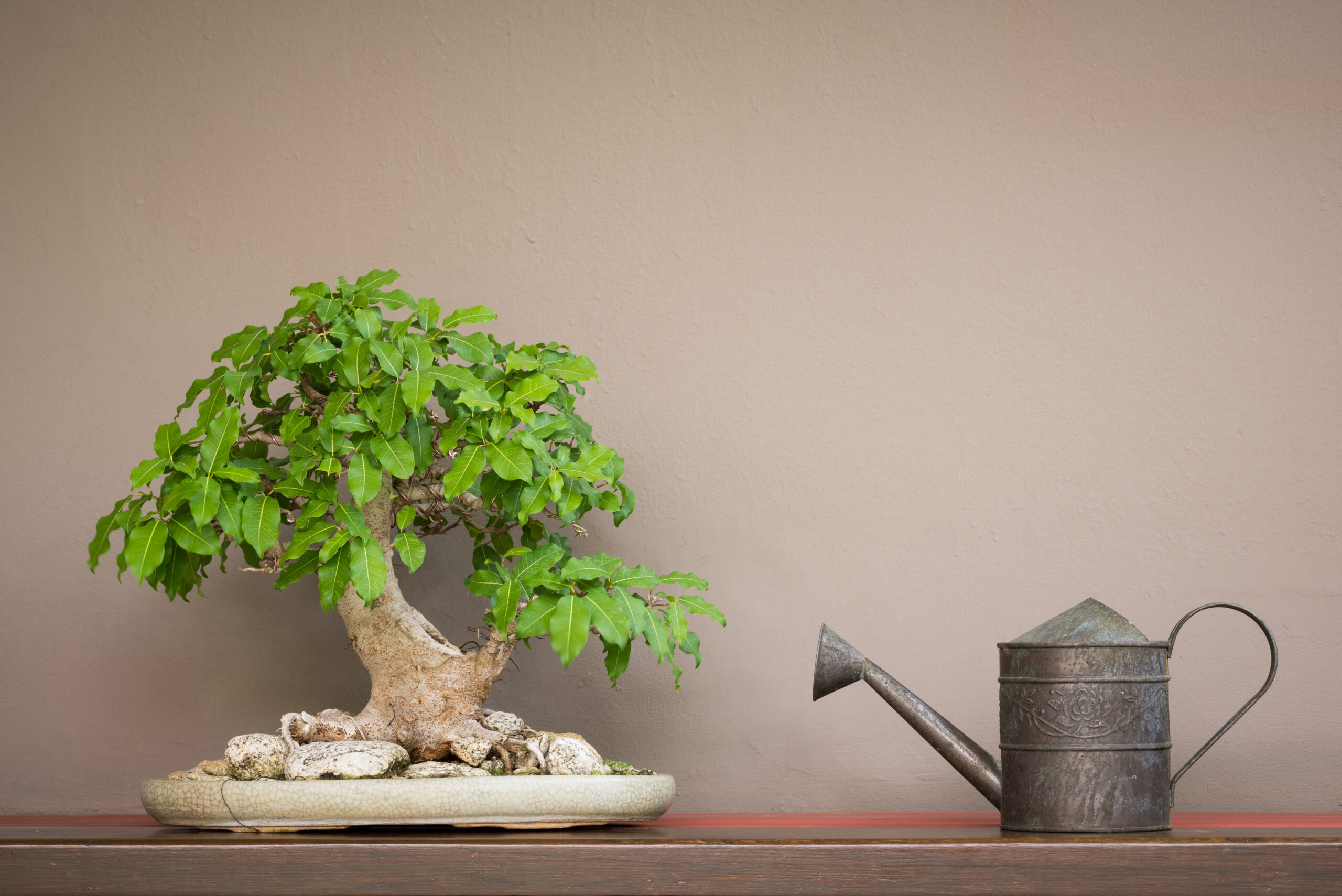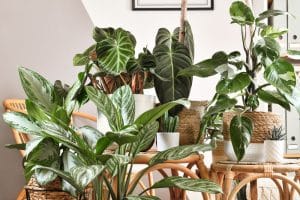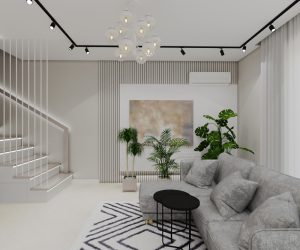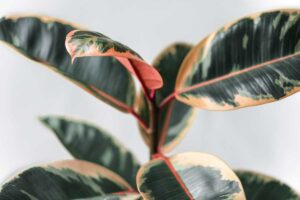Caring for a bonsai tree will be like nothing else you have done where plants and gardening are concerned.
These mini trees require special tools and special care but of course, just like other plants, they need food and water to thrive.
While bonsai trees are pretty hardy little plants, they can usually only cope without water for up to three weeks. Any longer than this and they will start to struggle.
Even to this point, you may notice that your bonsai has suffered some damage so it is important to make sure that it is well cared for and regularly watered.
In this guide, we’ll tell you everything you need to know about keeping your bonsai hydrated.
How Often Should I Water My Bonsai?
It’s difficult to put an exact schedule on things when it comes to watering a bonsai. The problem is that it doesn’t take a lot for them to get very dry so unlike some other houseplants, their water schedule may be a little more haphazard.
This means that, when caring for a bonsai, you’ll need to be very observant of various factors that could affect how frequently your tree needs rehydrating.
This might include, but is certainly not limited to the light conditions, temperature, the type of soil you’ve used and even the time of year.
Each bonsai has its own needs and when you start taking care of your tree, it’s important to get to know it.
This will allow you to create a watering schedule that suits it best. There is one thing that all bonsai owners should avoid, however, and that is watering their tree during the peak of the day’s temperatures.
The reason for this is that if the bonsai is in direct full sun, there is a risk of the leaves burning when the heat and light make contact with the water.
This is why it is recommended to water your bonsai later on in the day when it’s a little cooler.
Related Articles:
How to thicken Bonsai Tree Branches
Signs That A Bonsai Needs Water
It is very important that you do not allow your bonsai to dry out completely. It doesn’t matter if the soil gets a little dry before you do the next watering but leaving your tree for long periods without hydration will only lead to disaster.
Generally speaking, you should aim to water your bonsai whenever you notice that the top part of the soil is dry.
But as we mentioned earlier, getting to know your tree will help you to better understand its unique needs.

If you can’t tell through looking at the soil then the bonsai’s leaves are the next key giveaway that the tree needs a drink.
If they’re looking as though they’re dropping then this is a clear sign but the leaves may also break much more easily which is evident that the plant is dehydrated.
Is It Possible To Save An Unwatered Bonsai?
We’re only human and while every bonsai gardener will try his or her best to take good care of their trees, mistakes happen.
If you’ve noticed that your bonsai is looking more than just a little worse for wear, you might be wondering if there’s anything you can do.
The good news is that you don’t need to head off to the bonsai graveyard just yet. There’s a watering technique known as immersion watering that could breathe new life back into an arid bonsai tree.
Keep in mind that this method is not recommended as a regular watering practice but for emergencies, it works very well.
You’ll need to place your bonsai into a large container such as a bucket. This can be done with the tree still in the pot but many people agree that removing it offers the best chances of success. Now fill the container with water until around half of the bonsai trunk is covered.
Watch closely and you will notice that little air bubbles begin to rise from the tree. You’ll need to leave your bonsai submerged until this stops.
This tells you that there is no air left in the tree or soil and everything is filled with water. You can now replace your bonsai and keep everything crossed that this was enough to save it.
What If I’m Not Around To Water My Bonsai?
Keeping a bonsai tree alive and healthy is akin to looking after an animal. So, when you head away on vacation or a business trip, you will need to make sure that your plant is well looked after.
You wouldn’t leave your dog at home without someone to take care of it and neither should you with your bonsai.
If possible, the easiest way to keep your bonsai watered when you’re out of town is to ask a friend or neighbor to pop in and do it for you. However, this isn’t always possible so there is another way.
Installing a slow drip will give your plant consistent water and this is ideal if you’re going to be away for a lengthy period of time.

Do keep in mind that slow drips can cause the soil to become compacted so this is a problem you may have to deal with upon your return.
Generally speaking, a slow drip will last for a good few weeks and is a great alternative to having to rely on someone else.
Of course, there’s nothing better than enlisting the help of a friend as not only will they be able to provide care to your bonsai but they’ll also be able to keep you informed on anything important.
Conclusion
Bonsais require attentive care and it is vital that they are not allowed to dry out. If they do, then they will become very brittle and ultimately die.
One of your priorities should be to check and water your plant regularly and by no means should it ever go any longer than three weeks without water.
This is extreme and after this amount of time, you may notice some significant health problems.
- Philodendron Care, Varieties, And Aesthetic Home Arrangements
- Best House Plants for Low Light – Thriving Indoors with Minimal Sunlight
- 15 Air-Purifying Houseplants That Release The Most Oxygen
- Purple Houseplants: Your Guide to Dramatic Indoor Beauty
- Philodendron Moonlight Vs. Golden Goddess
- How to Revive Your Rubber Plant: 6 Tips to Help Your Rubber Tree Thrive Again






